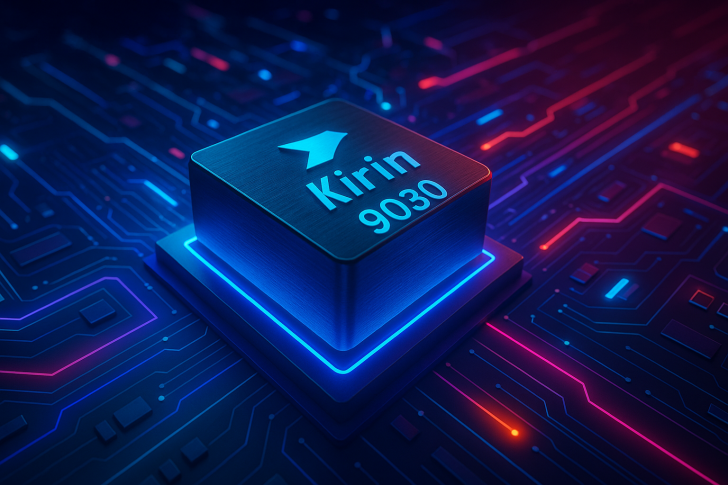⬤ Huawei's upcoming Kirin 9030 chipset has surfaced in early benchmark tests, appearing in the Mate80 Pro Max with 16GB of RAM. The results show a revamped CPU design, an updated GPU, and manufacturing upgrades that point to real performance improvements over previous Kirin models.
⬤ The benchmark reveals the Kirin 9030 uses a 1+4+4 CPU configuration: one core at 2.75GHz, four cores at 2.27GHz, and four more at 1.72GHz. Graphics are handled by Huawei's new Maleoon 935 GPU. Worth noting—the chip wasn't running at maximum speed during testing, meaning these numbers likely represent only part of what it can do. Even so, the results looked promising for an engineering sample, especially with the beefed-up RAM in the test device.
⬤ The chipset is reportedly built on SMIC's N+3 process, representing a meaningful step forward for Huawei and China's semiconductor industry. While complete performance data wasn't released, the available details suggest better efficiency and improved thermal performance compared to earlier Kirin chips. The new CPU layout, upgraded GPU, and advanced manufacturing process make the Kirin 9030 a genuine upgrade in Huawei's lineup. Once clock speeds reach their full potential in production units, performance should climb even higher.
⬤ These benchmark results matter because they demonstrate Huawei's ongoing chip development progress amid intensifying competition in mobile semiconductors. The shift to SMIC's N+3 process and the performance gains shown in early testing could reshape device positioning and affect how the market views Huawei's hardware capabilities. The Kirin 9030 may set new performance benchmarks in the premium smartphone space when it arrives in the Mate80 Pro Max and other devices.
 Peter Smith
Peter Smith

 Peter Smith
Peter Smith


